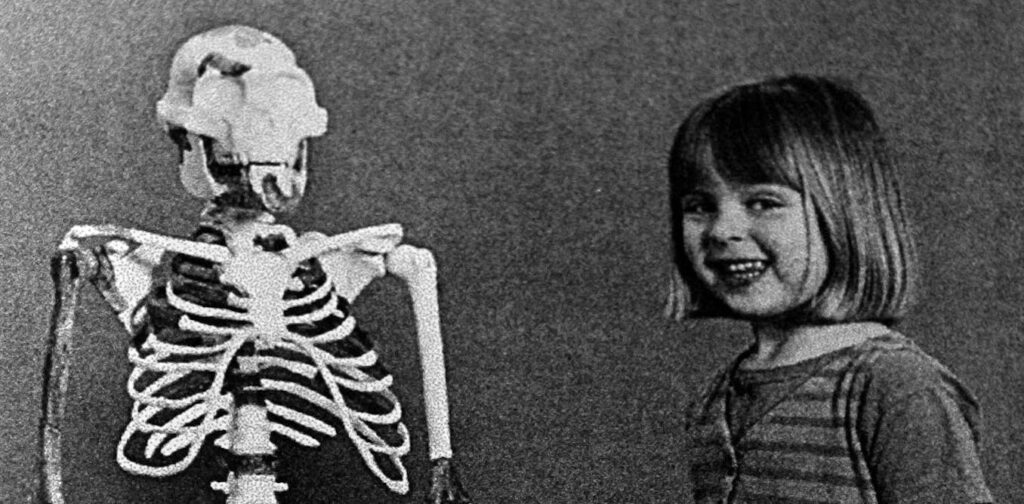In 1974, during a survey in Hadar, Ethiopia, U.S. paleoanthropologist Donald Johanson and graduate student Tom Gray made a groundbreaking discovery. This discovery involved locating a piece of an elbow joint protruding from the ground in a gully. It turned out to be the first of 47 bones belonging to a single individual, an early human ancestor affectionately dubbed “Lucy.” This find revolutionized the scientific community’s understanding of human evolution.
Lucy belonged to the species Australopithecus afarensis, a hominin group that includes humans and our fossil relatives. This species lived between 3.8 million and 2.9 million years ago in the regions of Ethiopia, Kenya, and Tanzania. When she was dated to 3.2 million years old, Lucy became the oldest and most complete human ancestor discovered at that time.
Prior to Lucy’s discovery, scientists believed that large brains evolved before bipedalism. However, Lucy, with her small brain and bipedal locomotion, challenged this assumption. The reconstruction of her skeleton, including a comparison with a 4-year-old child to illustrate her adult stature, highlighted her small brain size and human-like posture.
Lucy’s bones exhibit adaptations for upright posture and bipedal walking, such as her angled femur, S-curved spine, and bowl-shaped pelvis, similar to features found in modern human skeletons. These adaptations enable efficient walking and running on two legs.
Over the past 50 years, Lucy has had an immense impact on the study of human origins, inspiring new research techniques and methodologies in paleoanthropology. Despite ongoing discoveries of new fossils, Lucy remains integral to the understanding of early human anatomy and the evolution of our lineage. Today, she continues to serve as a reference point for researchers in the field, contributing to the exponential growth of knowledge about human evolution and the fossil record.
